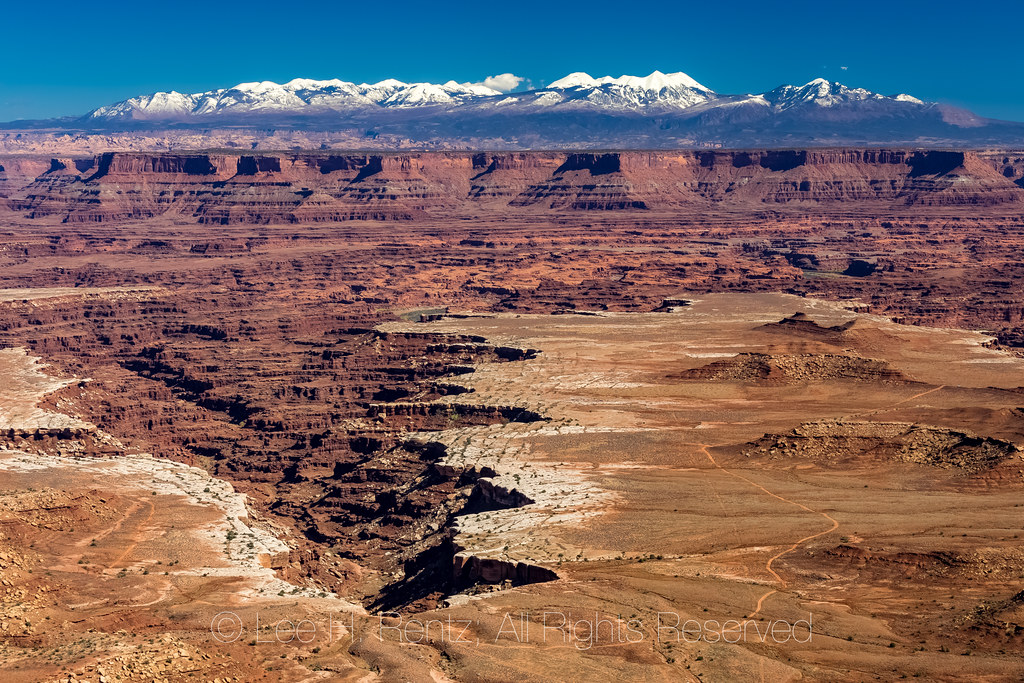Tucked away at the foot of California’s towering Sierra Nevada mountains lies one of the most unique and visually stunning landscapes in the American West — the Alabama Hills. With its bizarre rock formations, sprawling desert views, and dramatic backdrop of snow-capped peaks, this region has inspired artists, filmmakers, hikers, and dreamers for over a century.
From being a Hollywood favorite to offering some of the best natural rock arches and hiking experiences, the Alabama Hills are much more than a scenic roadside stop. This detailed guide explores everything you need to know about the Alabama Hills — its history, geology, recreational opportunities, and tips for visiting — as well as some frequently asked questions.
1. Introduction to the Alabama Hills
The Alabama Hills are a collection of rounded rock formations and eroded hills located near the small town of Lone Pine, California. This area lies on public land managed by the Bureau of Land Management (BLM) and has been designated as the Alabama Hills National Scenic Area.
Though they are called “hills,” these features are ancient rock formations that create an otherworldly, maze-like landscape perfect for hiking, camping, and exploring.
2. Where Are the Alabama Hills Located?
The Alabama Hills are located in Inyo County, along the eastern side of the Sierra Nevada, just west of Lone Pine. They lie along Whitney Portal Road, which leads to Mount Whitney, the tallest mountain in the contiguous United States.
Coordinates: 36.6068° N, 118.1466° W
Nearest Town: Lone Pine, CA
Nearest Major Highway: U.S. Route 395
This remote but accessible destination is about:
- 3.5 hours from Los Angeles
- 4 hours from Las Vegas
- 1 hour from Death Valley National Park
3. Geology and Landscape Features
The landscape of the Alabama Hills is the result of millions of years of geological activity. The rock formations here are primarily biotite monzogranite, a type of granite that has been heavily weathered by wind and water erosion.
What makes it visually fascinating is the contrast:
- The Alabama Hills are composed of rounded, weathered boulders.
- In the background, the Sierra Nevada Mountains rise sharply, featuring jagged granite peaks.
This geological contrast gives the area its dramatic and cinematic appeal.
4. The History Behind the Name
The name “Alabama Hills” may seem out of place in California, but it has Civil War-era origins. During the American Civil War, local prospectors who were sympathetic to the Confederacy named the hills after the CSS Alabama, a Confederate warship that wreaked havoc on Union naval forces.
Later, pro-Union settlers in the region named nearby landmarks like Mount Union and Independence in response, adding a layer of political and historical depth to the geography.
5. The Alabama Hills in Hollywood
Perhaps one of the most fascinating aspects of the Alabama Hills is their long-standing relationship with the film industry. The region’s unique landscape has served as a backdrop for over 400 movies and television shows.
Famous Movies Filmed Here:
- Gladiator (2000)
- Iron Man (2008)
- Django Unchained (2012)
- Gunga Din (1939)
- The Lone Ranger series
- Countless Westerns from the 1920s to 1950s
The area became especially popular during the golden age of Westerns. Today, visitors can take a Movie Road self-driving tour, which leads to filming locations.
6. Key Attractions and Landmarks
Mobius Arch
The most famous landmark in the Alabama Hills is Mobius Arch, a naturally formed rock arch that perfectly frames Mount Whitney in the background. It’s only a short hike from the parking area and is a must-see for photographers.
Lathe Arch and Heart Arch
These smaller yet equally stunning arches are located near Mobius Arch and offer unique photo ops.
Movie Road
A dusty gravel road that winds through the heart of the Alabama Hills. It’s perfect for a scenic drive or photoshoot — especially at sunrise or sunset.
Eye of Alabama
A lesser-known rock formation shaped like a human eye, offering quirky visuals and fewer crowds.
7. Hiking and Outdoor Activities
While not a traditional hiking destination like Yosemite or Zion, the Alabama Hills offer a more exploratory, choose-your-own-path experience.
Popular Trails:
- Mobius Arch Loop Trail (0.6 miles) – Easy and family-friendly.
- Cyclops Arch Hike – Moderate; great views.
- Whitney Portal Trailhead – For more advanced hikers looking to reach Mount Whitney.
Other Activities:
- Bouldering & Climbing
- Off-Road Driving
- Photography Tours
- Birdwatching
Camping is allowed in designated areas, but travelers are encouraged to follow Leave No Trace principles.
8. Flora and Fauna
Despite its arid appearance, the Alabama Hills host a diverse ecosystem.
Common Plants:
- Creosote Bush
- Desert Sage
- Joshua Trees (in nearby areas)
- Wildflowers in spring (especially after a wet winter)
Common Animals:
- Jackrabbits
- Coyotes
- Lizards
- Golden Eagles
- Desert Bighorn Sheep (rare sightings)
9. Stargazing and Photography
Thanks to its remote location and low light pollution, the Alabama Hills are a haven for astrophotographers and stargazers. The Milky Way is clearly visible on moonless nights.
Tips:
- Visit during a new moon.
- Bring a tripod and wide-angle lens for astrophotography.
- Use apps like Sky Guide to plan your stargazing.
Sunrise and sunset photography is equally magical, especially when the Sierra Nevada glows pink or orange against the soft brown rocks.
10. Best Time to Visit
The Alabama Hills are accessible year-round, but some seasons offer better conditions than others.
| Season | What to Expect |
|---|---|
| Spring | Ideal weather, blooming wildflowers |
| Summer | Very hot; avoid mid-day exploring |
| Fall | Cooler temperatures, fewer crowds |
| Winter | Snow-capped peaks, chilly nights |
11. Travel Tips and Etiquette
- Pack In, Pack Out: There are no trash bins — bring everything out with you.
- Use Established Sites: Camp in designated spots to protect vegetation.
- Respect Wildlife: Keep your distance and never feed animals.
- Don’t Climb on Arches: These natural wonders are fragile.
- Cell Service Is Limited: Download maps ahead of time.
- 4WD Not Required: But some dirt roads may become impassable after rain.
12. FAQs About the Alabama Hills
What are the Alabama Hills known for?
The Alabama Hills are famous for their unique rock formations, movie history, and breathtaking views of the Sierra Nevada mountains — especially Mount Whitney.
Do I need a permit to visit?
No permit is needed for day use. However, if you plan to camp, it’s recommended to follow BLM guidelines. Some areas may require a free permit depending on the season.
Are the Alabama Hills part of a national park?
No, but they are designated as a National Scenic Area and managed by the Bureau of Land Management. They are located near Sequoia and Kings Canyon National Parks and Death Valley National Park.
Can I camp in the Alabama Hills?
Yes, dispersed camping is allowed, but must be done responsibly. Follow Leave No Trace principles and use existing campsites.
How long should I plan to spend there?
A half-day is enough to see key landmarks like Mobius Arch and Movie Road, but a full day or overnight trip allows for more exploration and stargazing.
Are the roads suitable for regular cars?
Most main roads like Movie Road are gravel but manageable for standard vehicles. However, avoid driving after rain unless you have a high-clearance vehicle.
Are pets allowed?
Yes, dogs are welcome but should be kept under control. Remember to clean up after them.
Final Thoughts
The Alabama Hills offer a rare mix of natural beauty, cultural history, and recreational opportunity. Whether you’re an outdoor enthusiast, a photographer, or simply someone looking for quiet in nature, this destination delivers an unforgettable experience. Its otherworldly landscape, combined with accessible trails and Hollywood charm, makes it one of California’s best-kept secrets.
If you’re planning a road trip along Highway 395 or heading toward Mount Whitney, don’t miss the chance to wander through this desert wonderland.



